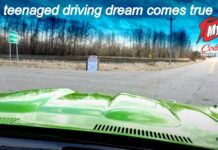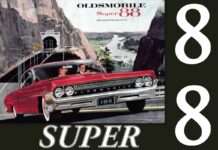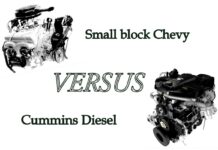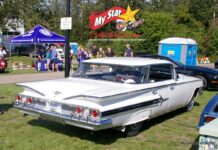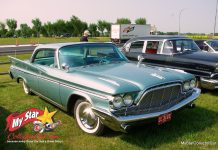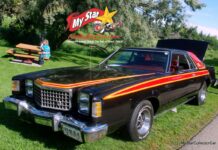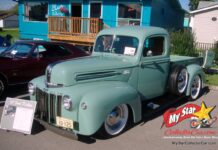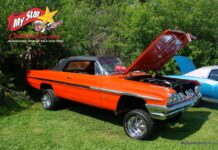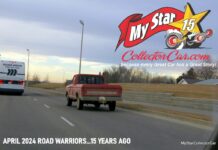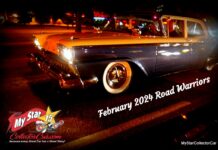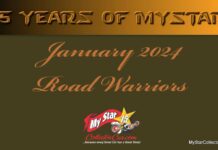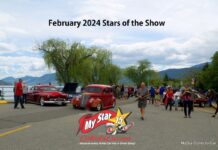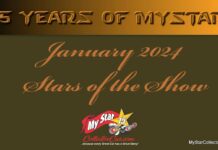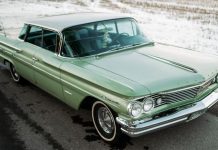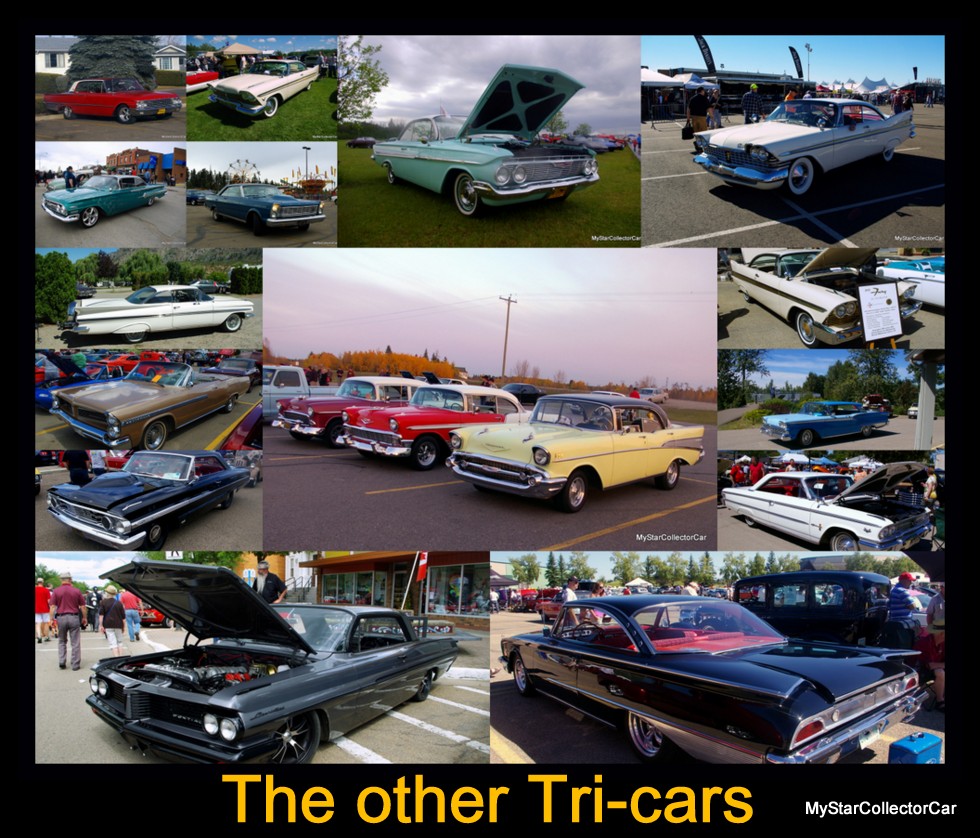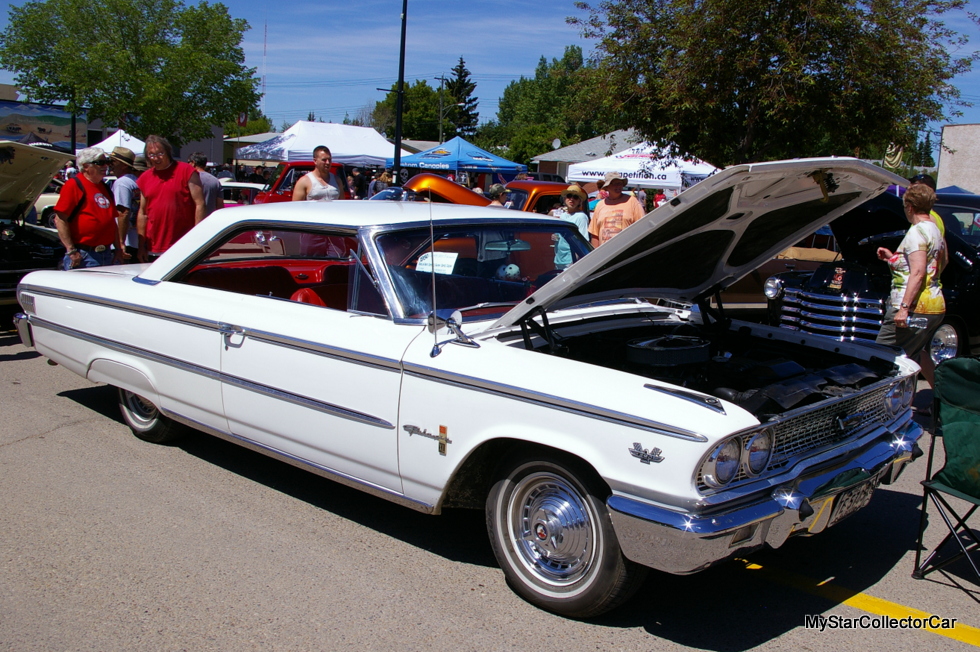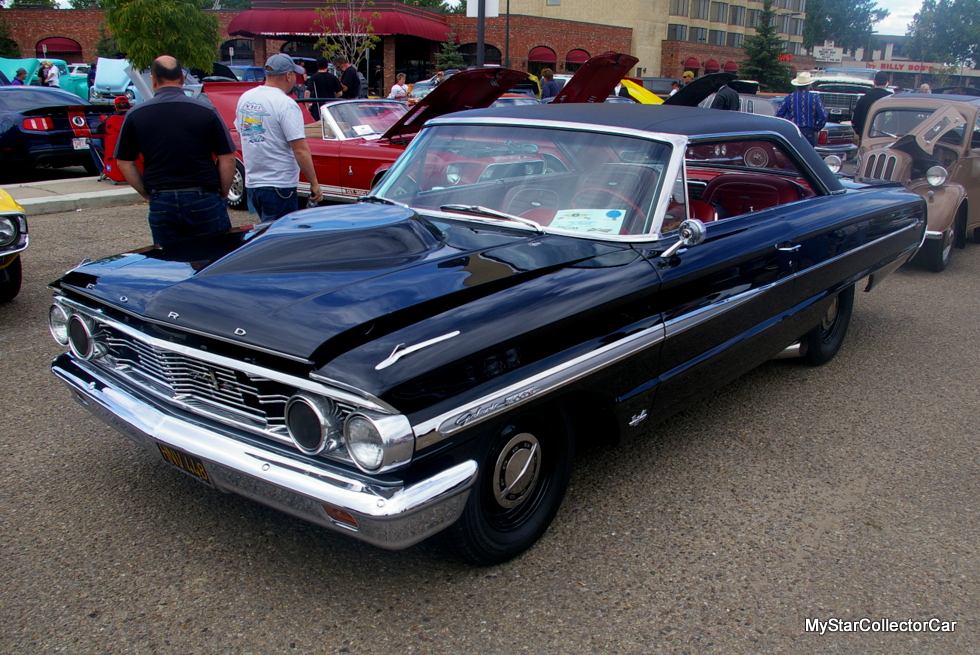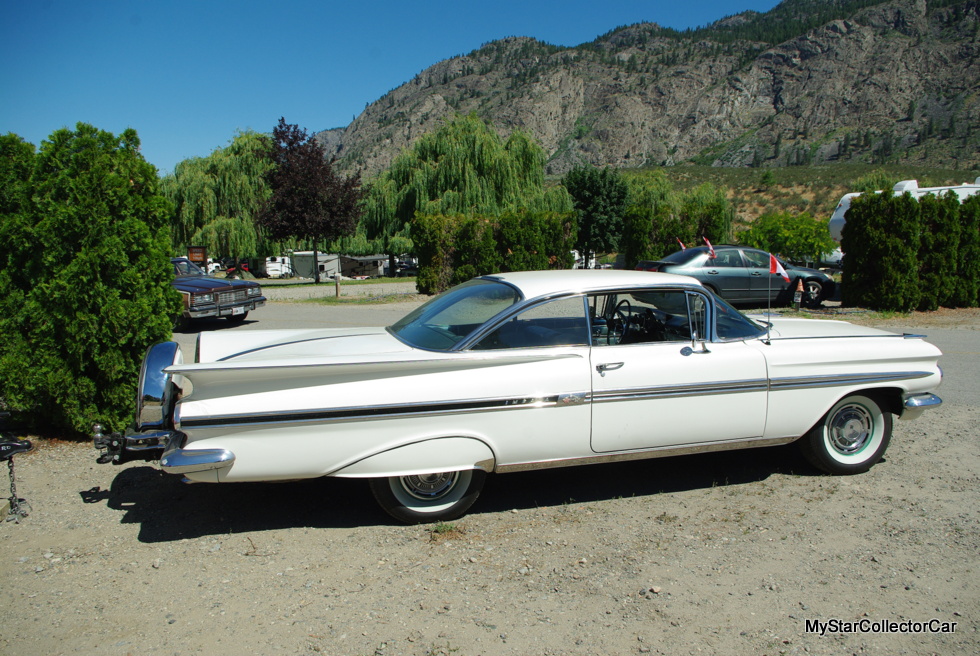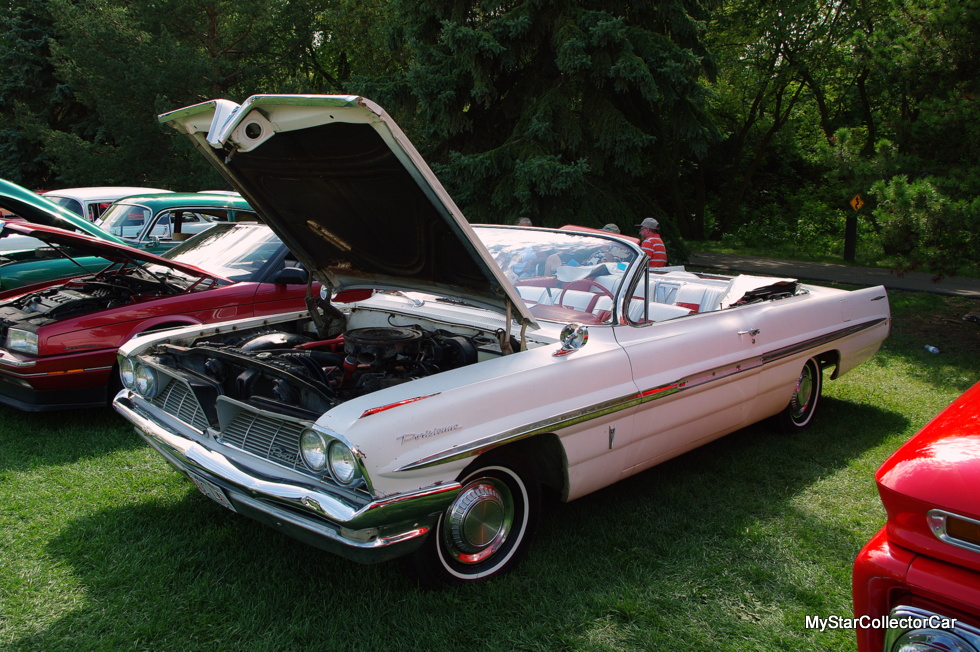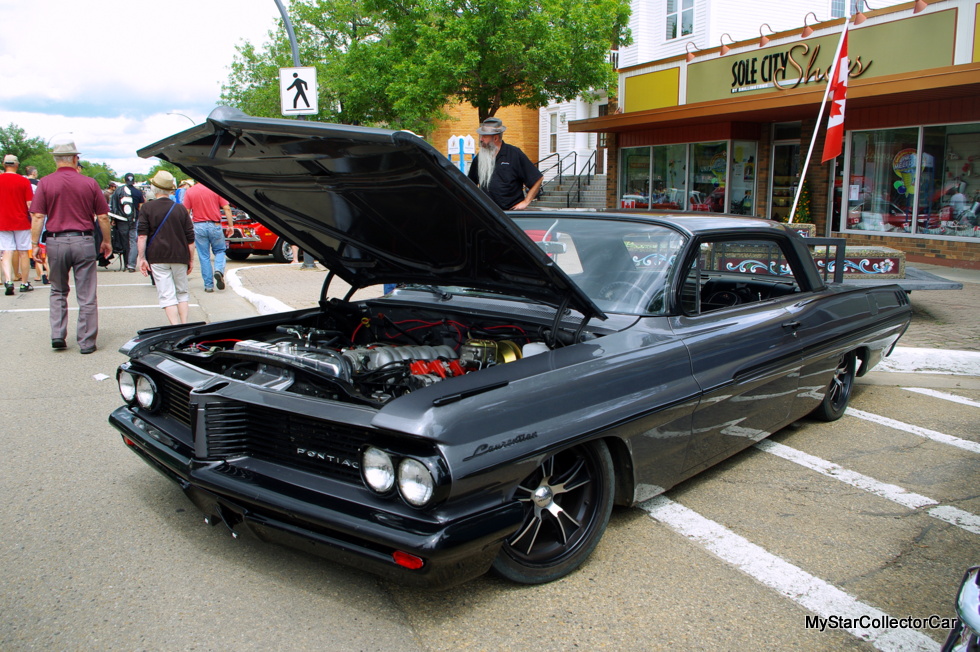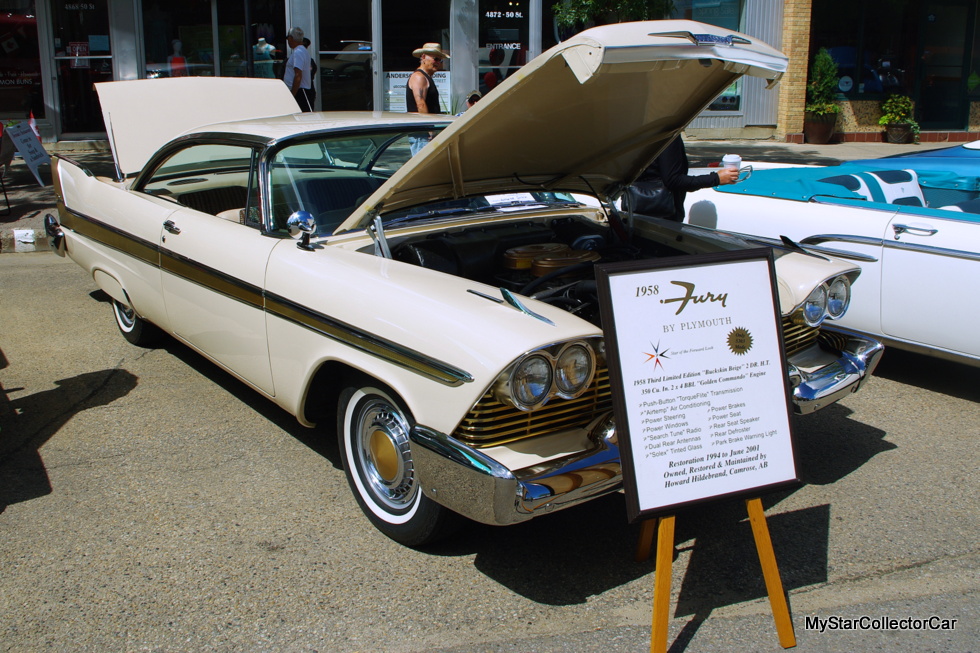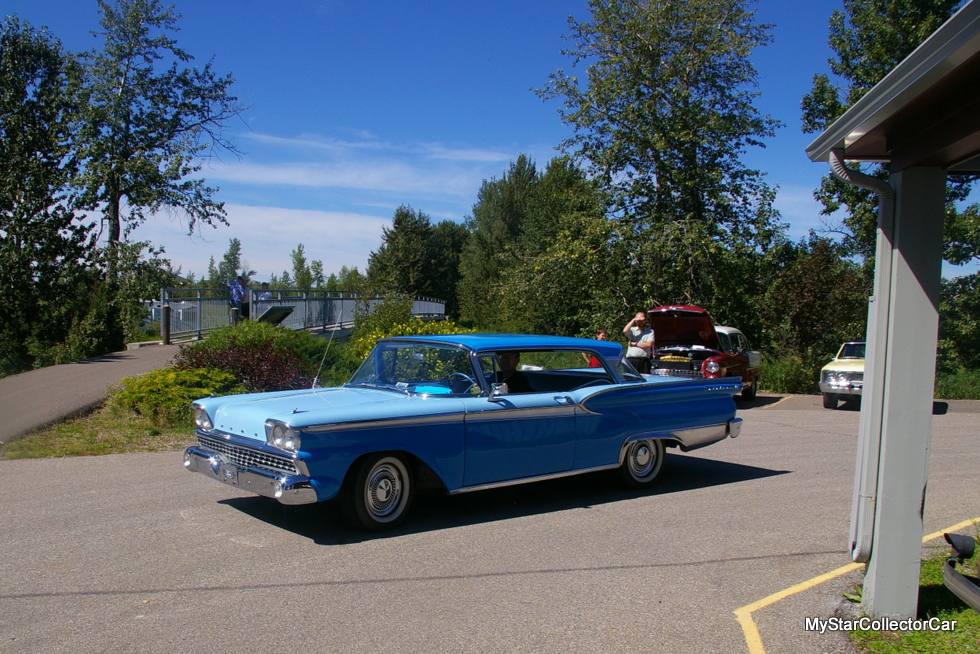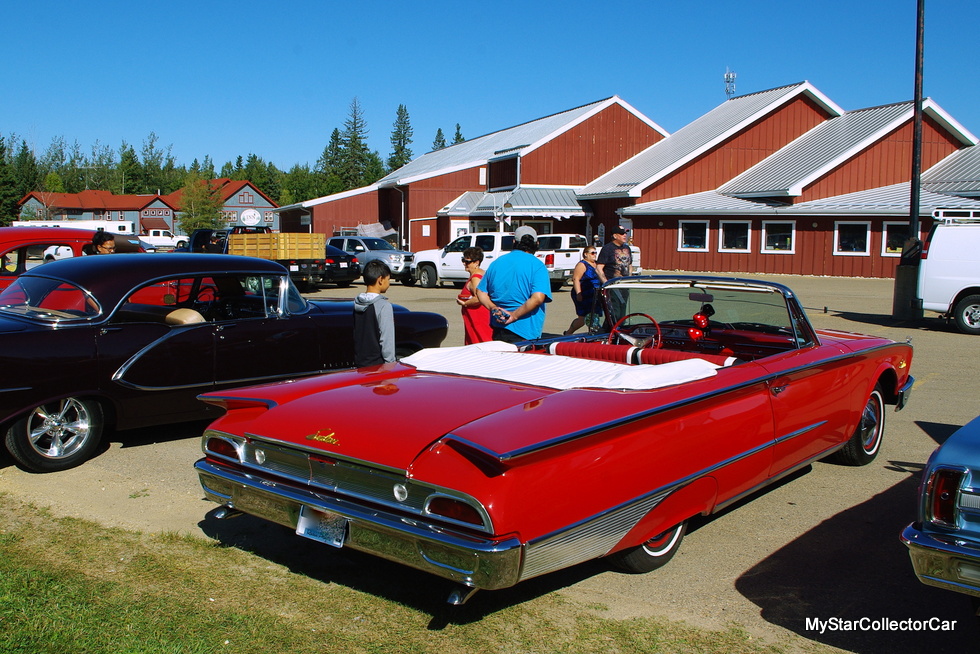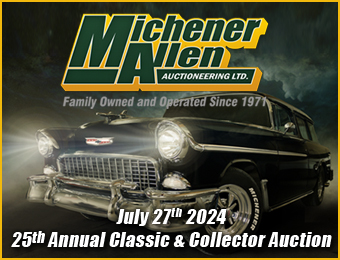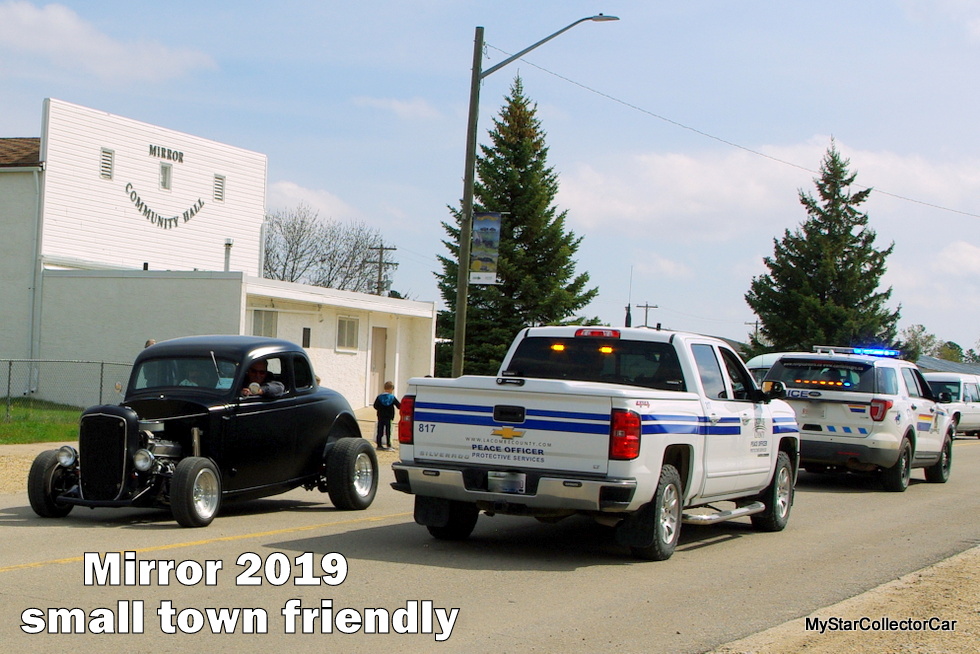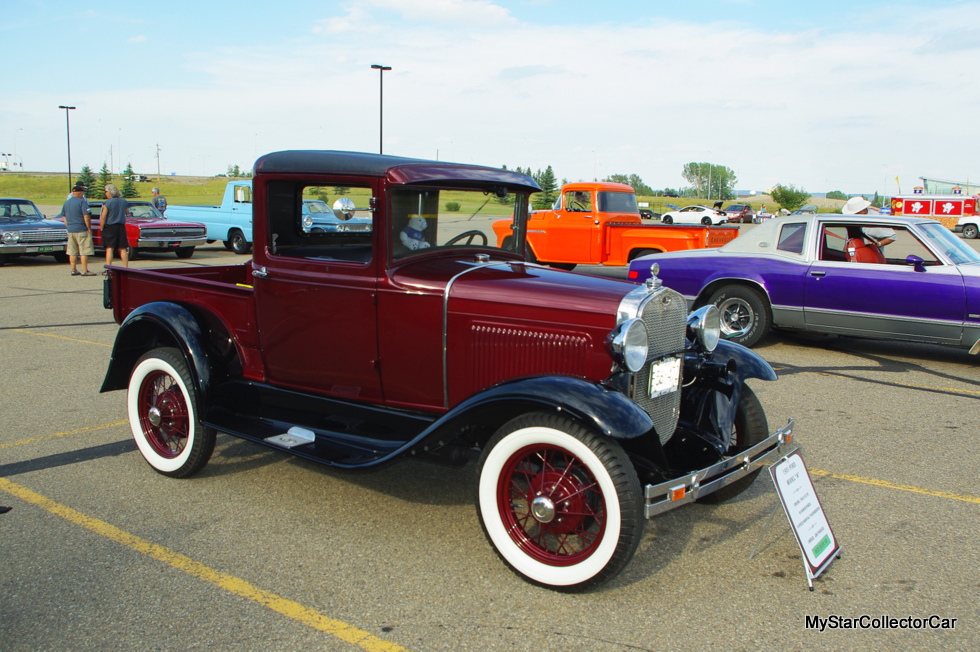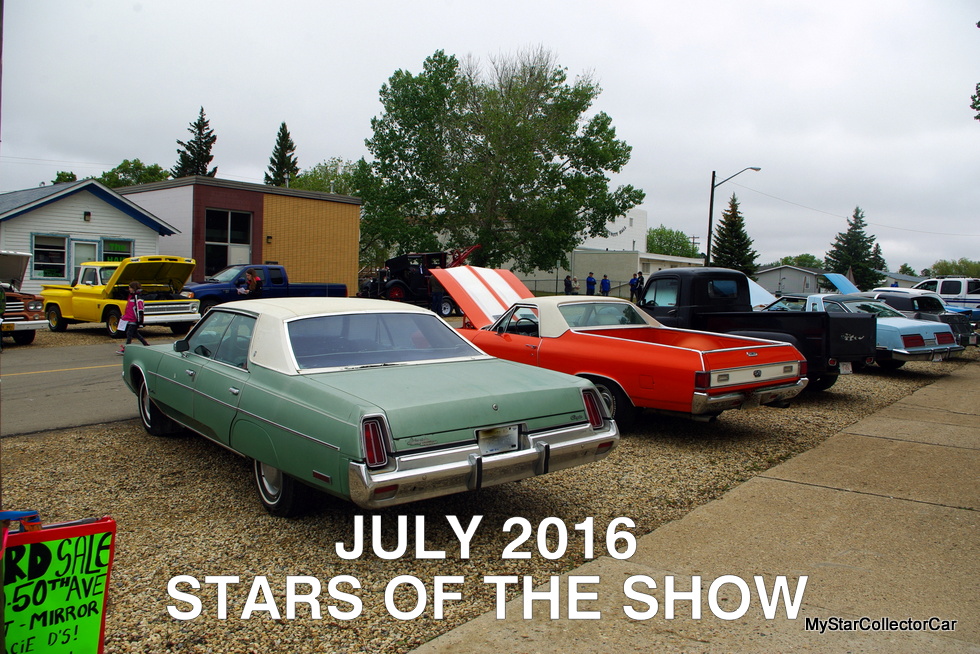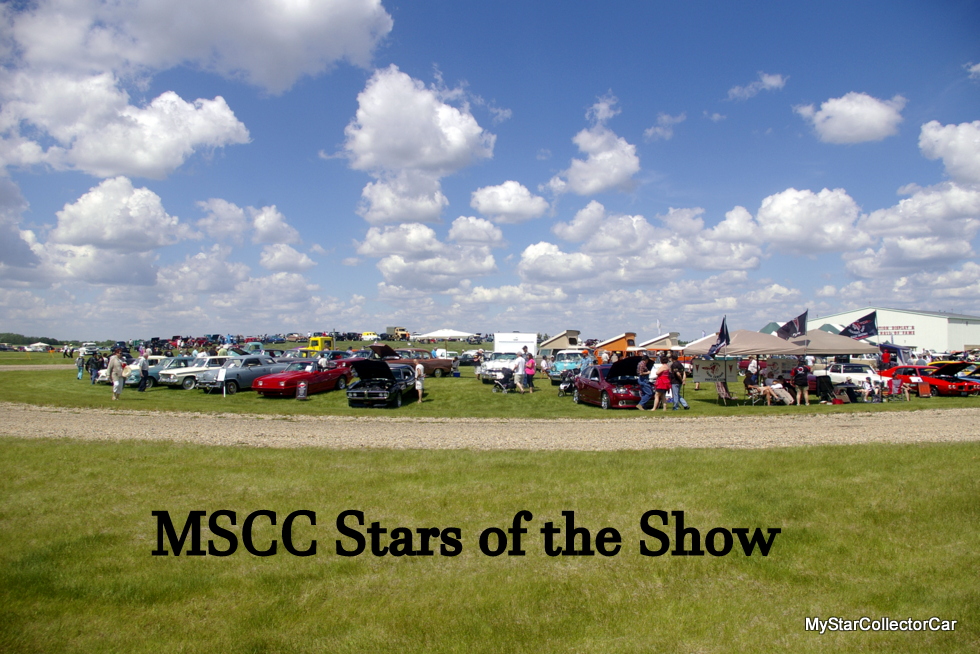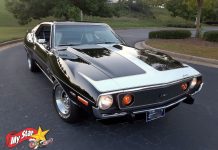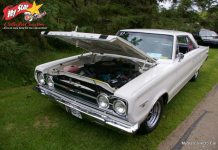The term “Tri” is a label that’s most often applied to the Tri-Five 1955-57 Chevy, but in reality there were many versions of the Tri-year series.
The reason is pretty simple—cars changed every year back in the 1950s and 60s because Detroit wanted your beloved old car to look like something from the Flintstone era within 3 years.
Here (in no particular order) are five of the coolest Tri model years built by the Big Three during the golden post war era of the 50s and 60s.
The 1963-1965 Ford Galaxies.
The 1963 1/2 Ford Galaxie was part of a great 1963-65 run at Ford. The new C-pillar made these cars look fast in a parking lot.
The ’64 Galaxie continued the fine tradition of a swoopy roofline coupled with a clean looking car.
The 1965 Ford retained a version of the hardtop but added the mid-60s trend toward vertical headlights so this Galaxie definitely told the neighbors you were the proud owner of a new car that made their ride older than your Great Aunt Millie.
The 1959-1961 Chevy Impalas
The focus has been on the ’55-’57 Chevys for a long time but the 1959-61 Impalas defined a shift in style from the Fabulous Fifties to the Swinging Sixties.
The ’59 Impala was the peak of the Space Age look at GM. The 50s went out with some of the most outlandish and cool designs ever seen in showrooms and this bat wing Chevy was at the top of the heap.
The 1960 Chevy dialed it back a bit in 1960 but the Impala still had roots in the 50s.
The ’61 Impala is the epicenter of the era when car designs officially turned a corner because it was far more subtle and it led the charge into a whole new era at Detroit. It was simpler and it told buyers they were officially in a new decade.
The 1961-1963 Pontiacs.
The ’61 Pontiac was a lot like the ’61 Impala because it propelled Poncho into the next decade. They were refined into a very cool, next-decade look in one model year.
The ’62 Pontiac carried on the same tradition of basic style and a thumping big block under the hood.
1963 Pontiacs kept the same basic look but they brought stacked headlights into the game and Pontiac kept that setup for several years—you could say they made it their trademark look for a large part of the 1960s.
The 1957-1959 Furys.
The 1957 Fury was an extension of the huge impact Virgil Exner made at Chrysler. Plymouth delivered this hot rod to their dealerships and a few select buyers popped on these 1st Gen muscle cars.
The ’58 Fury continued the same tradition of a punch in the mouth engine wrapped around a spectacular outer skin.
The ’59 Fury dialed the performance and the style back a bit but there was little doubt these finned beauties had Exner’s fingerprints all over them.
The 1959-1961 Galaxies.
The ’59 Ford Galaxie was an updated version of the ’58. Ford pulled back a bit from the ‘58 with this new look and threw in some Thunderbird cues to make it a very distinctive car.
The ’60 Galaxie was a profound change from the ’59. These cars didn’t need a custom touch—they were already there.
The ’61 Galaxies dialed it back and gave Ford buyers a look at the future in this less 50ish—more 60ish package. They told the world the 1960s were here in a big way.
The Tri-year philosophy was alive and well during the golden era at Detroit and it wasn’t confined to Chevy.
By: Jerry Sutherland
Jerry Sutherland is a veteran automotive writer with a primary focus on the collector car hobby. His work has been published in many outlets and publications, including the National Post, Calgary Herald, Edmonton Journal, Ottawa Citizen, Montreal Gazette, Saskatoon StarPhoenix, Regina Leader-Post, Vancouver Sun and The Truth About Cars. He is also a regular contributor to Auto Roundup Publications.
- CLICK HERE to Like us on Facebook
- CLICK HERE to Follow us on Twitter
- CLICK HERE to Follow us on Pinterest
Please re-post this if you like this article.




